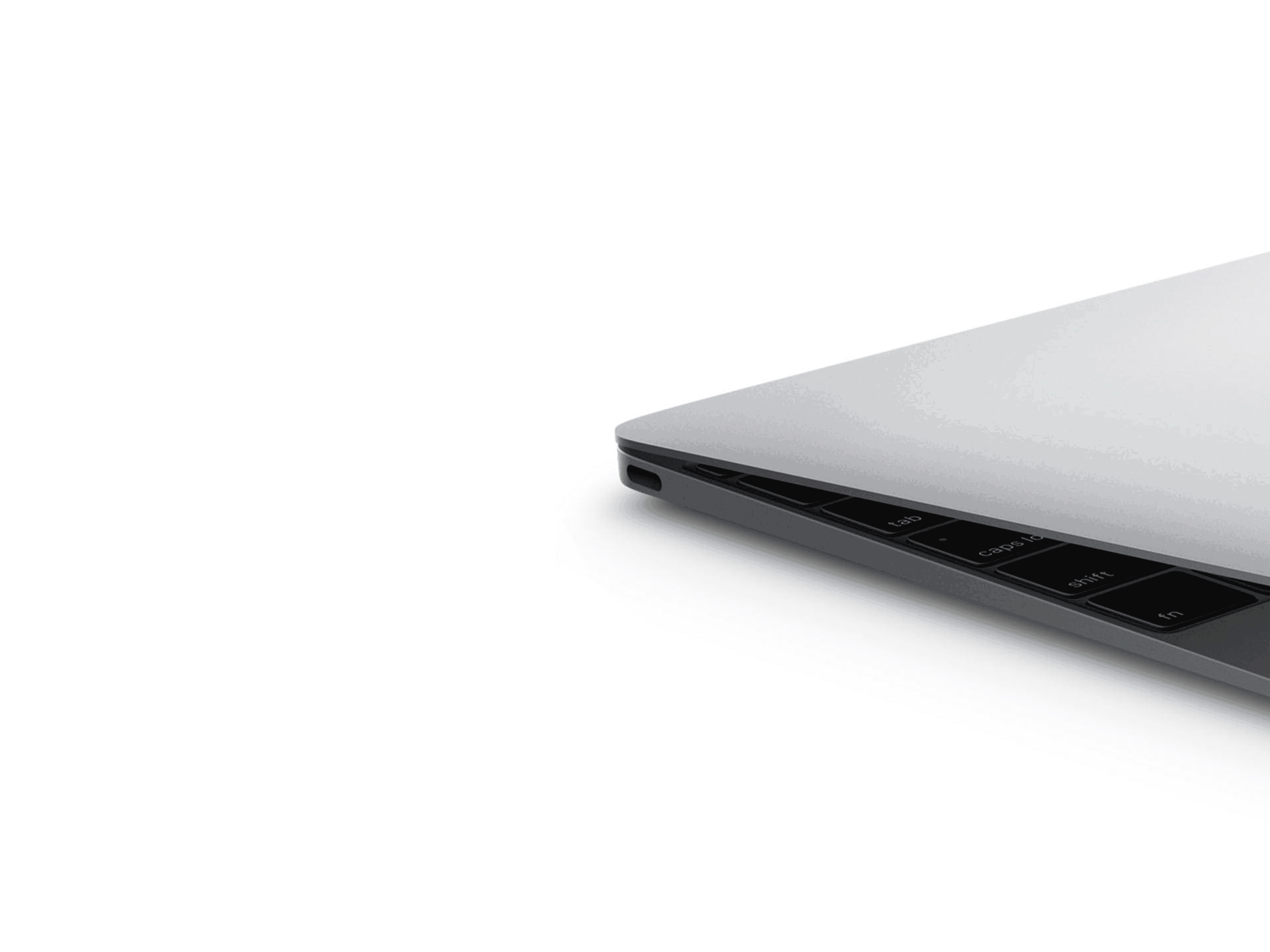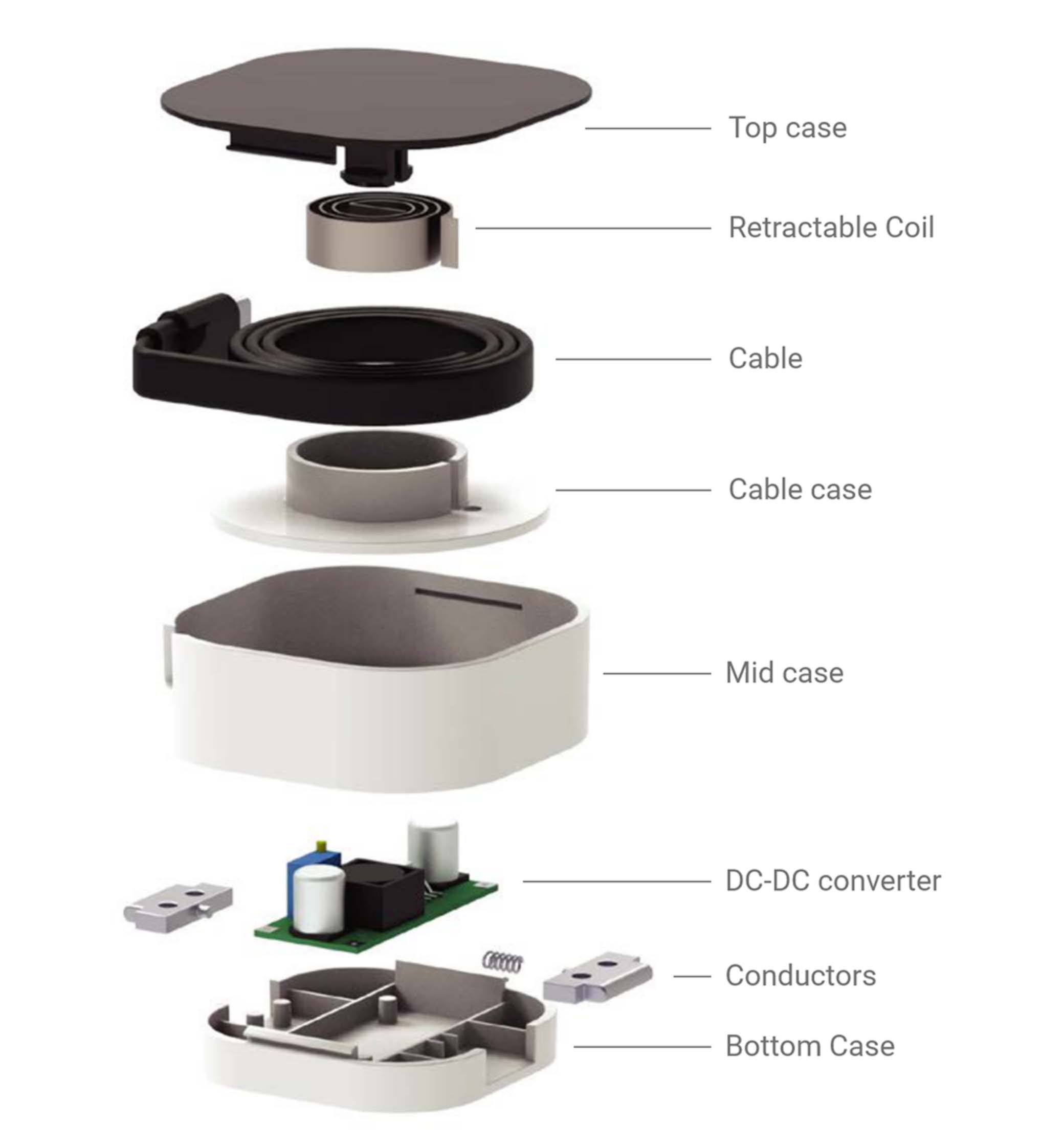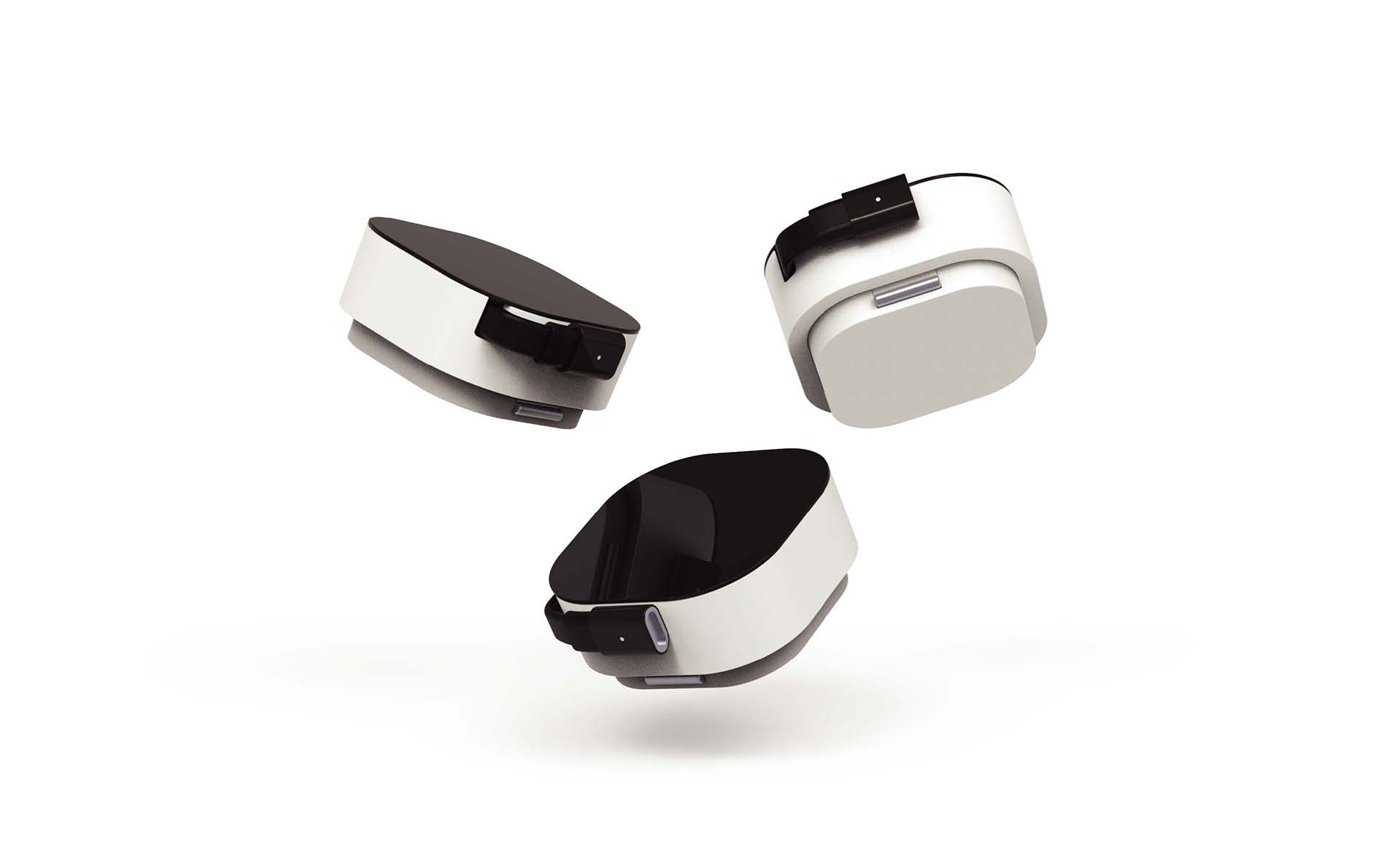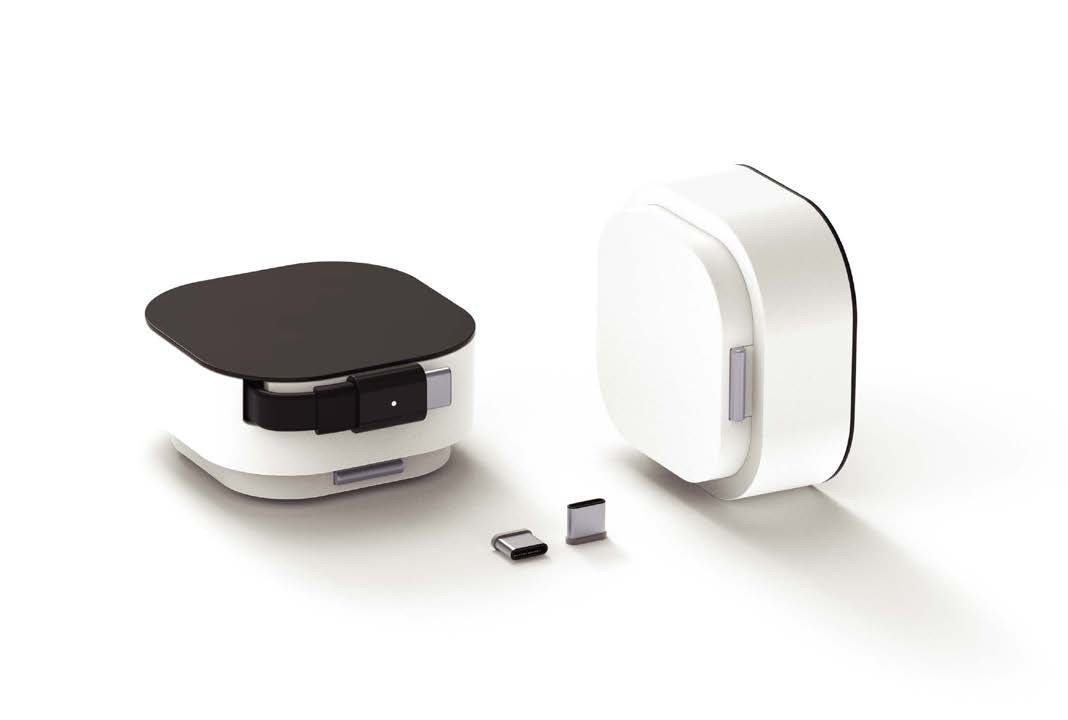Slidy: charging system
We live in a world full of tech devices with whom we interact every day. These are becoming
smarter and smarter. By the way, some of their features are still obsolete and don’t face
the
daily life of user. Tech devices are smaller and smaller, lighter and lighter, but the
charging
systems are still heavy and bulky.
Our aim was to design a multiplug that could solve problems related to messy wires under
tables
or on floor and heavy chargers to transport, improving the human-products interaction.
Slidy wanted to be a small device able to charge all of our devices through different energy
transformation.
Scroll down to discover the full process.
Developed: Dec 2017/Jan 2018
Team work with: Davide Giuliano, Siyu Wu and Selen Yesilada
Main contribution: Concept, 3D model, video
User and scenario
We indentified our persona taking inspiration from our daily life as design students. We
spend
most of our time working both at home, offices or university, using a lot of different
electronic
devices. On our working tables there is always a huge mess of wires going to different plugs
from
distinctive places. Furthermore, because of our work most of the time we have to carry more
than
one devices with us and also their own chargers.
Generally speaking, we have these problems:
1. Plugs hard to find or/and reach;
2. Not enough plugs so need for tons of multiplugs;
3. Wire messes on tables, floors, etc;
4. Lots of various chargers.

Concept
We started signing down what we didn't want to do with plugs. We are tired to stop our workflow to take the charger and plug it. Plus, most of the time there are not enough plugs, so we need to shift with others. So we designed small device that could stand near us, easy to reach and plug.

We wanted something easy to use, immediate and able to keep places tidy. We designed what interaction we wanted to have with our chargers and plugs we use. Something able to recognize what device I wanted to charge and able to supply enough energy for it. After that, we asked ourself what technology we might need to achieve it, answering those questions with some desk research.

How it works
We have combined different types of energy transformation systems to create a customized system for the user in order to guarantee the widest variety of available voltage in the smallest possible space.

The biggest part of the system transform the voltage from 220V to 24V. This allow a safe voltage running through a conductive the rail.

The other part needs just to read from the devices what voltage they need thanks to a set of adapters. Then, they tranform the 24V into 5V for smartphones or 19V for PCs, and so on for every device you connect.

Renderings




Thank you for having read 🙂
Give me a feedback!